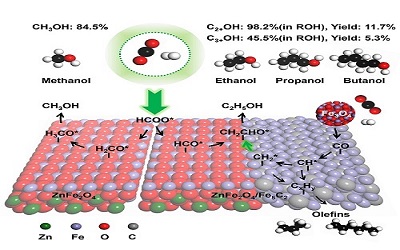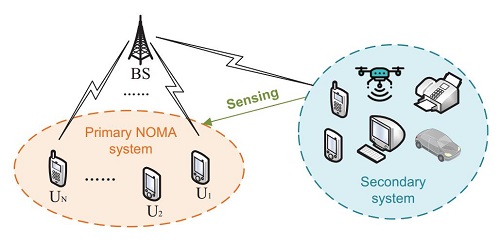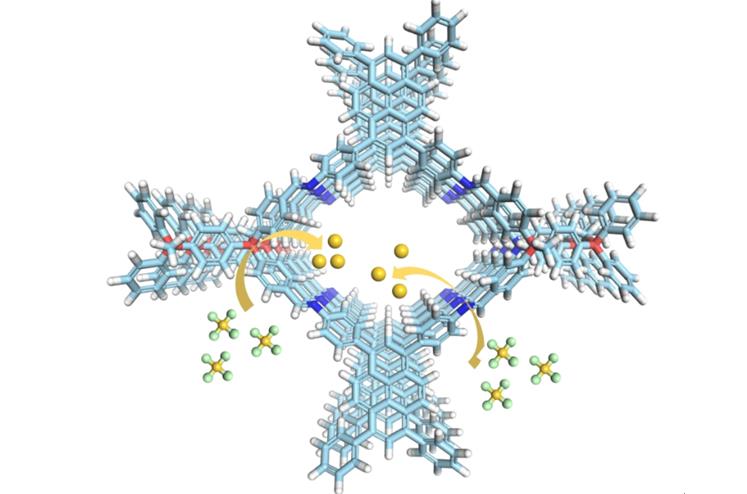Research Progress

Chinese Scientists Call for Using Consumption-based Accounting of Carbon Emissions to Increase Fairness
A new study by Chinese scientists, released on May 29 in Shanghai, has called for the use of consumption-based accounting (“CBA”) emissions in calculating global carbon emissions in order to help make allocating responsibility for reducing emissions just and fair.The study,"Research Report on Consumption-based Carbon Emissions (2024)" ("the Report"), was jointly completed by scientists from Shanghai Advanced Research Institute, CAS, University of Chinese Academy of Sciences, Institute of Urban Environment, CAS and Tsinghua University.

Scientists Discover Novel Strategy for Selectivity Tuning in Alcohol Synthesis by Crystal Phase Engineering
A research team at Shanghai Advanced Research Institute (SARI) of the Chinese Academy of Sciences reported for the first time an efficient FeZn-based catalyst for methanol synthesis via CO2 hydrogenation and by crystal structure, achieving high methanol selectivity of 84.5%.The research results were published in the latest issue of Chem.

Researcher Propose Solvent Effects on Metal-free Covalent Organic Frameworks in Oxygen Reduction Reaction
A research group at Shanghai Advanced Research Institute (SARI) of the Chinese Academy of Sciences, represents the first investigation into the solvent effect on COFs for catalyzing the oxygen reduction reaction (ORR). They found all COFs synthesized with different nitrogen atoms exhibited good crystallinity and high surface areas, but displayed different binding abilities towards water molecules.This work was published in Angew. Chem. In. Ed.

Researchers Develop an Adaptive NOMA-based Spectrum Sensing for Next Generation of IoT Networks
An international collaborative research team led by the Shanghai Advanced Research Institute (SARI) of the Chinese Academy of Sciences proposed an innovative NOMA-based spectrum sensing algorithm for uplink IoT networks, which improves the efficiency of targeting frequency usage in multi-user systems.
Researchers Design a Novel Hollow-Fiber Cu Penetration Electrode for Efficient CO2 Electroreduction
A research team from the Shanghai Advanced Research Institute (SARI) of the Chinese Academy of Sciences designed a Cu hollow fiber penetration electrode to electroreduce CO2 in strong acid with effective inhibition of hydrogen evolution reaction (HER). The results were published in Energy & Environmental Science.

Researchers Develop COFs Adsorbent for Efficient Gold Recovery
Most reported COFs have been focused on constructing hydrogen bond interactions inside frameworks to improve the adsorption capacity and gold selectivity, while the effects of intrinsic frameworks on gold capture are unproved.Recently, a research team at the Shanghai Advanced Research Institute (SARI) developed a skeleton engineering of COFs for high-efficiency absorbs towards gold capture.The results were published in Angew. Chem. Int. Ed.





